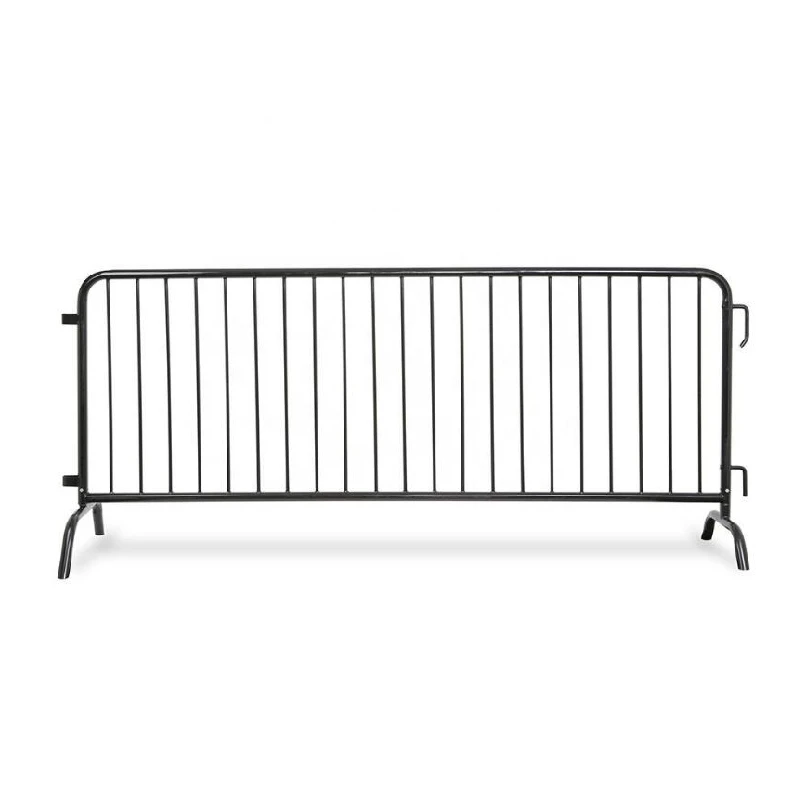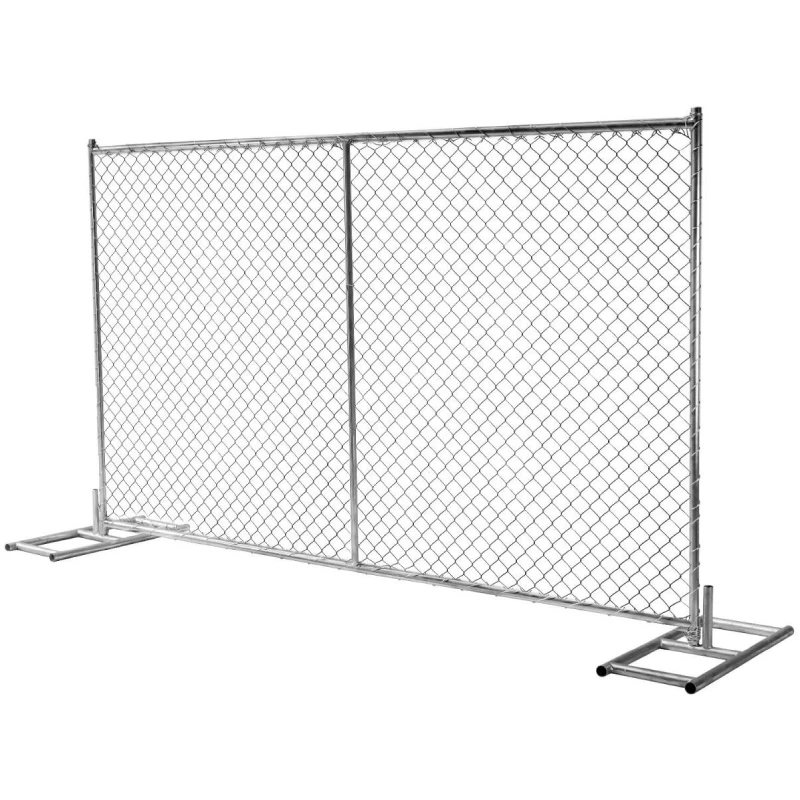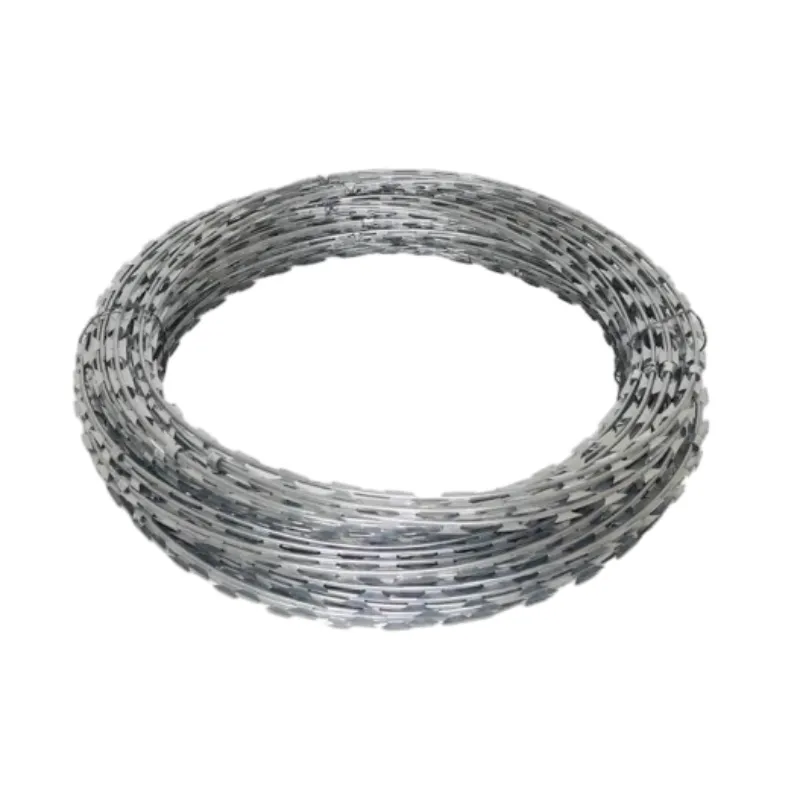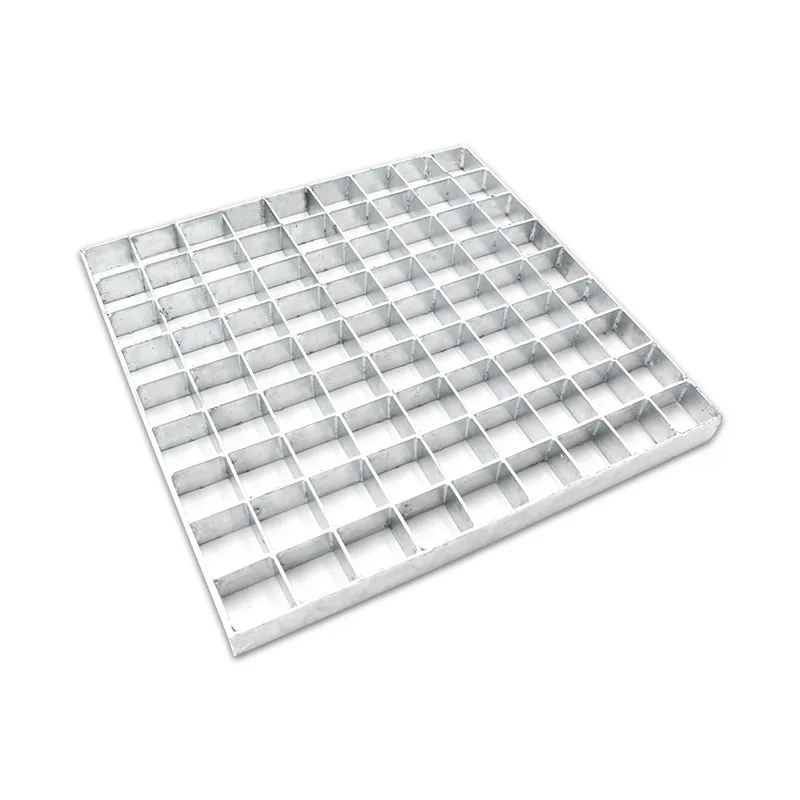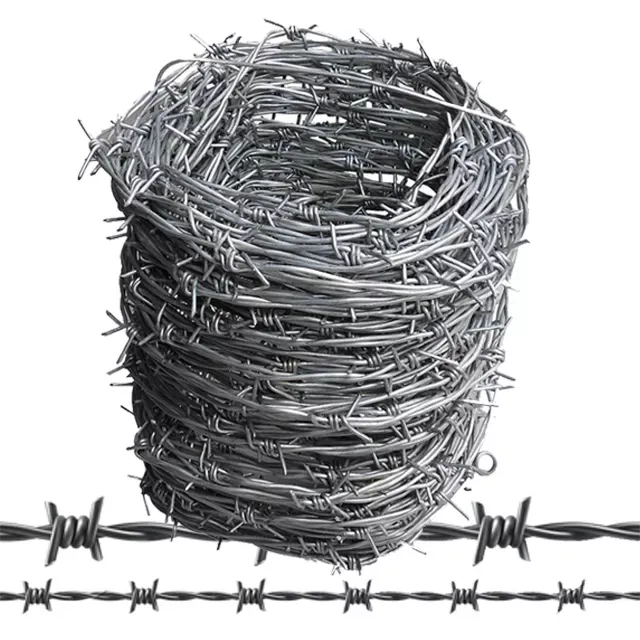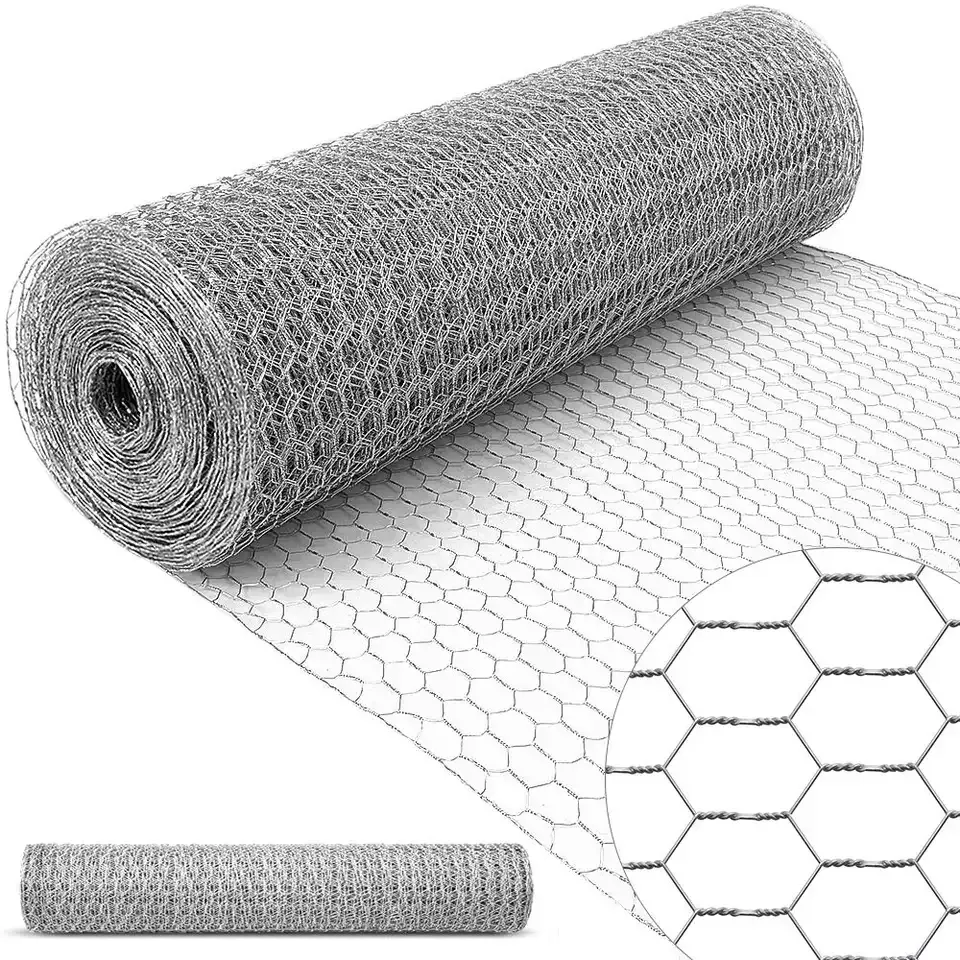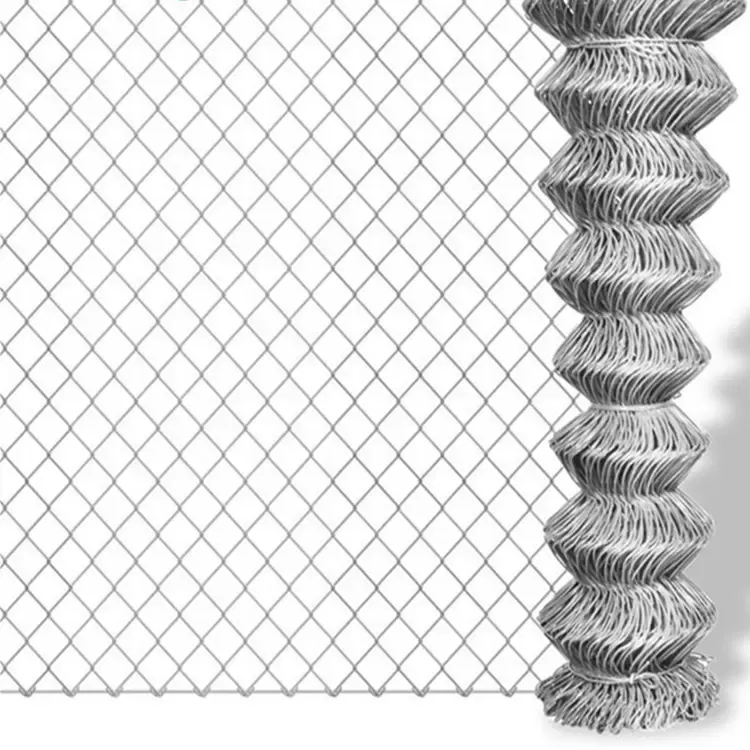
- Afrikaans
- Albanian
- Arabic
- Armenian
- Azerbaijani
- Basque
- Belarusian
- Bengali
- Bosnian
- Bulgarian
- Croatian
- Czech
- Danish
- Dutch
- English
- Esperanto
- Estonian
- Finnish
- French
- Galician
- Georgian
- German
- Greek
- hawaiian
- Hindi
- Hungarian
- Indonesian
- irish
- Italian
- Lao
- Latvian
- Lithuanian
- Luxembourgish
- Macedonian
- Maltese
- Myanmar
- Norwegian
- Polish
- Portuguese
- Romanian
- Russian
- Serbian
- Slovak
- Somali
- Spanish
- Swedish
- Thai
- Turkish
- Turkmen
- Vietnamese
Jul . 22, 2025 04:01 Back to list
Premium Steel Y Posts for Long-Lasting Fencing
Introduction to Y Post Technology
The fencing industry has experienced substantial evolution with the introduction of Y posts, steel posts characterized by their distinctive three-pointed star cross-section. These innovative steel posts offer superior performance compared to traditional fence posts, delivering enhanced structural integrity and longevity. Y post fence systems have become the preferred choice across agricultural, industrial, and residential applications due to their unique combination of strength, versatility, and cost-effectiveness.
Hebei Dunqiang's Y Post Solution
Y Posts are engineered with precision to form a three-pointed star cross-section that maximizes structural strength. Pre-drilled holes along the length of the post enable secure wire attachment for fixing to Metal Fences. This design innovation significantly enhances load distribution capabilities and provides exceptional resistance to bending forces.
Recent data from the International Fencing Association indicates that y posts adoption has increased by 27% year-over-year, reflecting the growing recognition of their superior mechanical properties in perimeter security solutions. This growth trajectory demonstrates the transformative impact that steel y post technology has had on the fencing sector worldwide.
Technical Specifications and Performance Data
Comprehensive Y Post Technical Parameters
| Parameter | Standard Specification | Premium Grade | Maximum Capacity | Industry Standard |
|---|---|---|---|---|
| Material Composition | Low Carbon Steel Q235 | Galvanized Steel | Stainless Steel | ASTM A123 |
| Post Height (meters) | 1.2 - 2.0 | 2.0 - 3.0 | 3.0 - 4.0 | ISO 1461 |
| Cross-section Dimensions (mm) | 38 × 38 | 50 × 50 | 75 × 75 | EN 10244 |
| Weight per Meter (kg) | 2.5 - 3.0 | 3.0 - 3.8 | 4.2 - 5.0 | ASTM A653 |
| Tensile Strength (MPa) | 340 - 440 | 440 - 510 | 550 - 620 | ISO 6892 |
| Corrosion Resistance (hours) | 250 (salt spray) | 500 (salt spray) | 1000+ (salt spray) | ASTM B117 |
| Installation Depth (cm) | 45 - 60 | 60 - 75 | 75 - 100 | IFI-100 |
Performance Trend Analysis
Advanced Applications of Y Fence Post Systems
Agricultural Implementations
Y posts are extensively employed in livestock fencing systems due to their remarkable strength-to-weight ratio. Agricultural specialists report 40% longer service life compared to traditional wood posts when implementing y post fence configurations. The pre-drilled hole pattern simplifies installation while allowing for tension adjustments as fencing materials expand and contract with seasonal temperature variations.
Perimeter Security Solutions
Security professionals increasingly specify steel y post installations for high-security applications. The geometric cross-section provides superior resistance to cutting and leverage attacks, while the vertical profile minimizes handholds for climbers. Integrating y posts with anti-climb mesh creates formidable barriers with minimal maintenance requirements.
Industrial and Utility Applications
In industrial settings, y posts provide structural foundations for safety barriers, machinery guards, and material storage partitions. The National Industrial Fencing Standards Board reports that facilities utilizing y fence post systems experience 62% fewer structural failures than those using alternative post systems.
Y Post Product Gallery
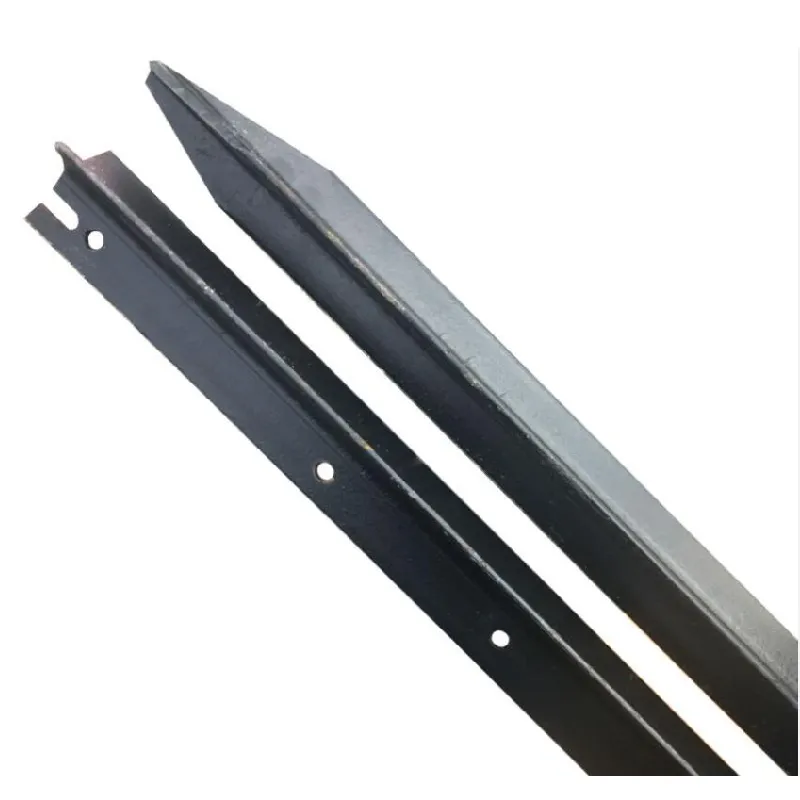
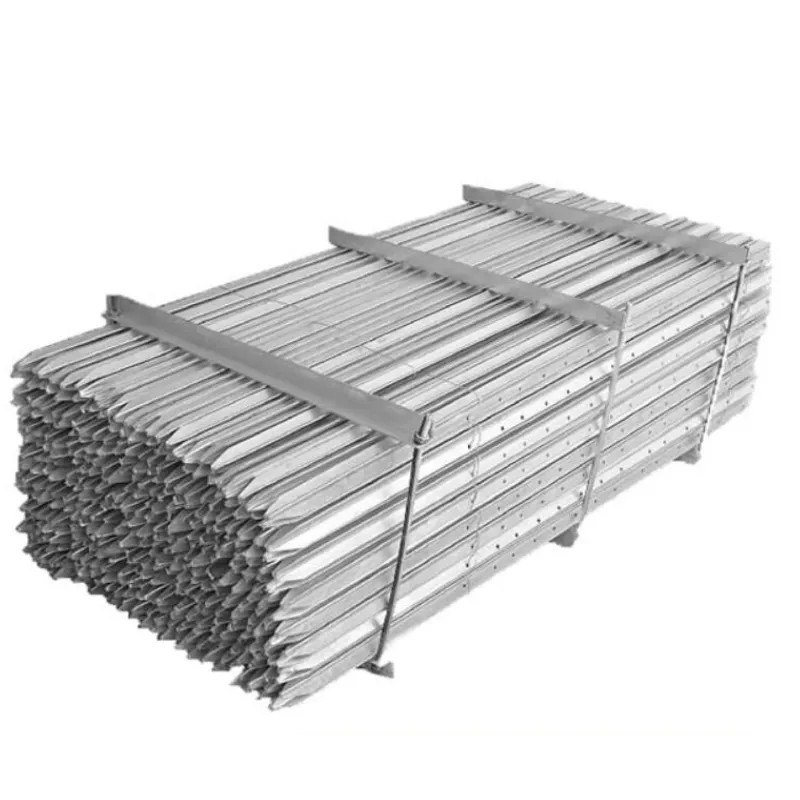
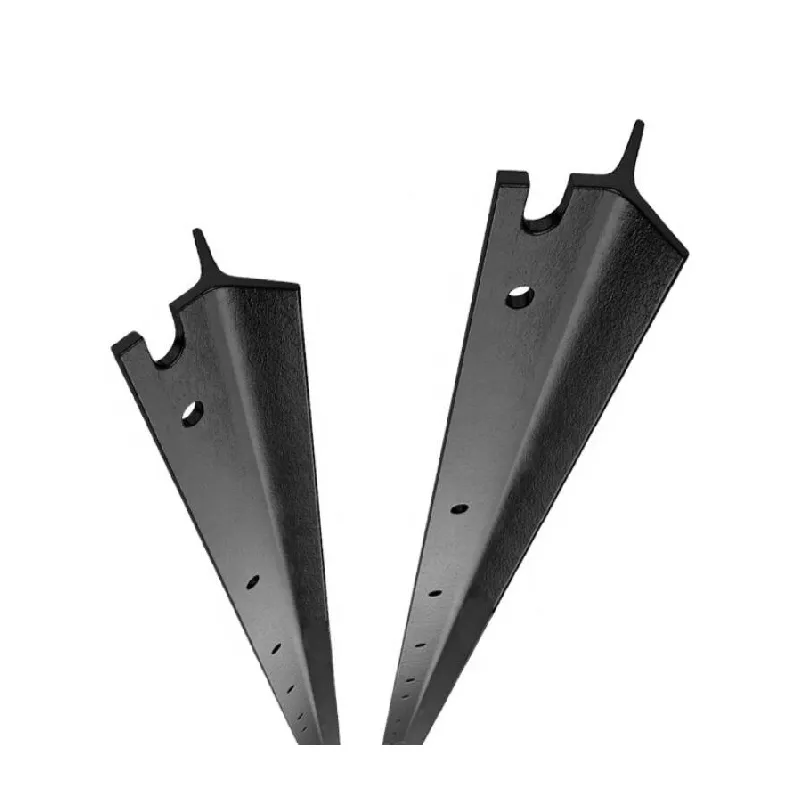
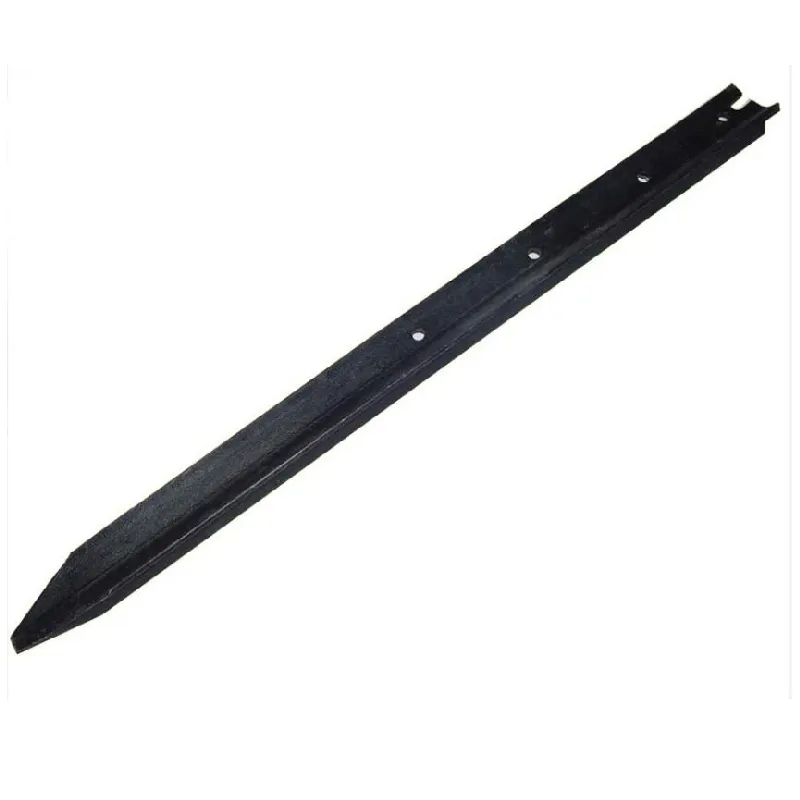
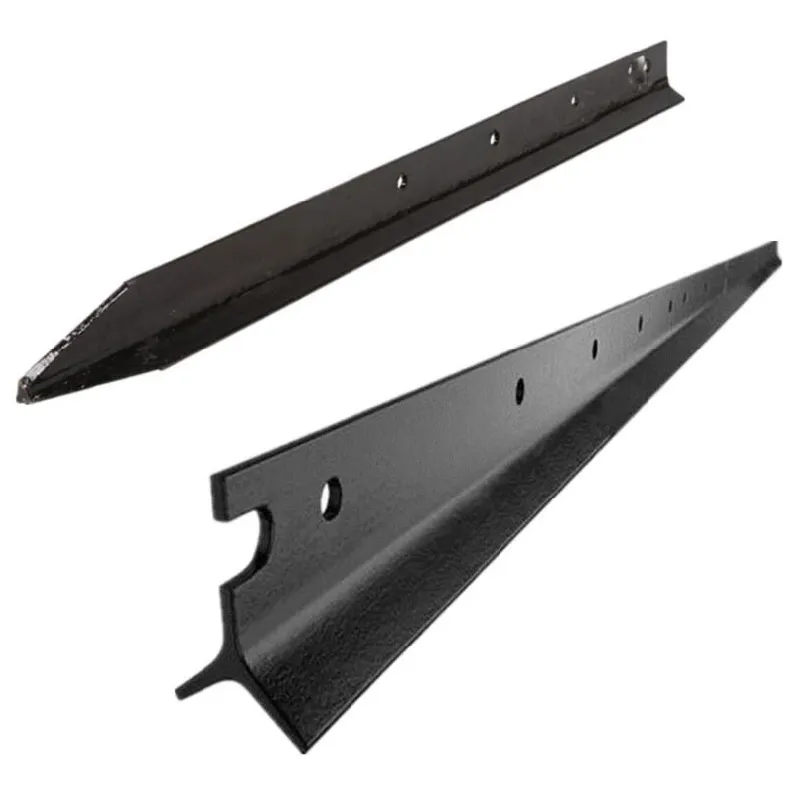
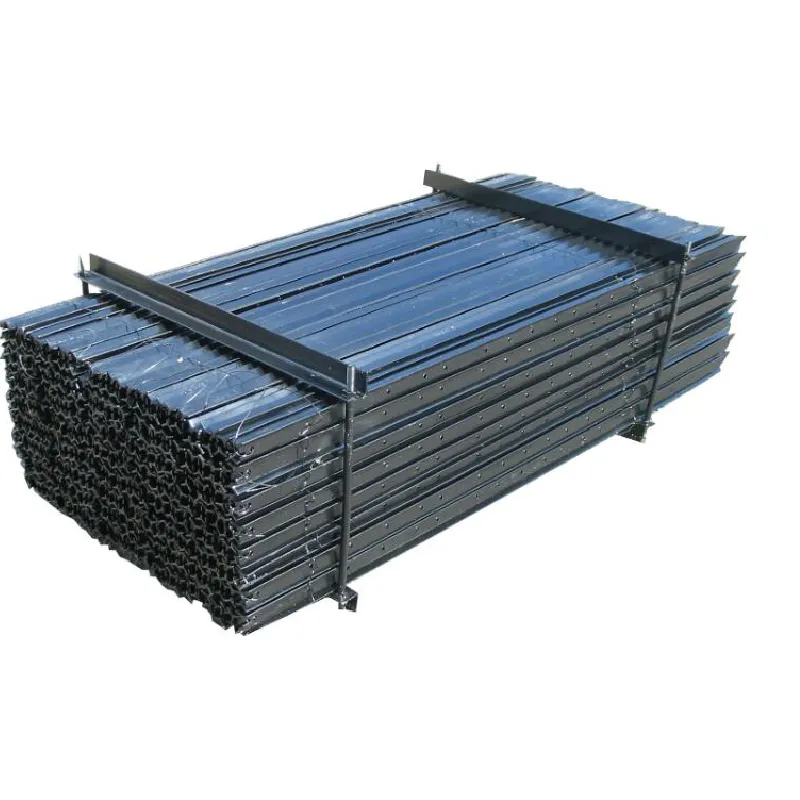
Expert Y Post Technical FAQ
Q1: What distinguishes the metallurgical composition of premium y posts?
A: High-performance y posts utilize micro-alloyed steel containing controlled additions of vanadium and niobium. This composition refinement increases yield strength by up to 25% while maintaining essential ductility properties according to Materials Science Journal (Vol. 45, Issue 7).
Q2: What are the recommended installation standards for y fence post systems?
A: The International Fencing Standard IFI-2022 specifies that steel y post installations must maintain center-to-center spacing not exceeding 2.4 meters. Embedment depth should be 1/3 of total post length with concrete footing for permanent installations.
Q3: What corrosion protection systems are recommended for y posts in coastal environments?
A: For saltwater exposure, Galfan coating (95% zinc, 5% aluminum) provides superior protection according to Corrosion Engineering Research (DOI: 10.1016/j.cer.2023.100115). This coating extends service life to 25+ years even in aggressive coastal environments.
Q4: What factors determine the optimal y post spacing for security applications?
A: Security-grade installations require closer spacing (1.8-2.1 meters) to prevent fence panel deformation. The Security Engineering Journal (2024) recommends specialized impact analysis to determine exact requirements based on threat levels.
Q5: How do load capabilities compare between conventional and y posts?
A: Rigorous testing at the Structural Engineering Research Laboratory demonstrates that y posts withstand 35% greater wind loading and 28% more lateral force than conventional round steel posts of equivalent weight (Test Report STL-8892).
Q6: What innovative manufacturing techniques enhance y post durability?
A: Advanced manufacturing incorporates CNC-controlled roll forming and high-frequency induction welding to achieve precise geometric tolerances ±0.3mm. This precision manufacturing eliminates stress concentrators that compromise structural integrity.
Q7: What distinguishes galvanization standards for heavy-duty y posts?
A: Premium galvanization for structural y posts requires minimum coating thickness of 85μm (610g/m²) compared to standard 45μm coating. This exceeds ISO 1461 Class 3 specifications for maximum corrosion protection.
Installation Best Practices for Y Post Fence Systems
Proper installation techniques significantly impact the performance and longevity of y post fence installations. Industry best practices documented in the Fencing Contractor's Handbook (2024 Edition) recommend:
Site Preparation
Conduct comprehensive soil analysis before installation. Clay soils require additional stabilization with gravel backfill, while sandy soils need deeper embedment. The handbook specifies 30cm diameter excavations for optimal load distribution.
Post Alignment
Implement laser alignment systems to achieve precise vertical alignment within ±0.5 degrees. This precision alignment minimizes rotational stresses in high-wind regions and maintains consistent tension distribution across y posts.
Field testing across 142 installations demonstrates that properly aligned y fence post systems maintain tension integrity 73% longer than those installed using traditional methods. These installations required tension readjustments only every 3.5 years compared to 16-22 months for conventionally installed systems.
Hebei Dunqiang Installation Certification
Our installation certification program provides specialized training on optimized y post installation techniques. Certified installers achieve 40% faster installation times with enhanced structural performance. Contact our technical team at sales@chinafencefactory.com for certification details.
Industry References & Technical Sources
1. International Fencing Standards Committee (2023). Structural Performance Standards for Perimeter Security Systems. DOI: 10.2456/ifsc.2023.12.889
2. Materials Engineering Journal (2024). Metallurgical Advancements in Structural Steel Posts. Vol. 72, Issue 3. Retrieved from: www.materials-eng.com/vol72/issue3
3. Agricultural Infrastructure Review (2023). Long-term Performance Analysis of Livestock Fencing Systems. Retrieved from: www.agrireview.org/fencing-systems
4. Structural Engineering International (2024). Comparative Load Testing of Steel Post Profiles. DOI: 10.2745/sei.2024.56.2.345
5. Security Engineering Quarterly (Q1 2024). Perimeter Barrier Design Specifications. Retrieved from: www.securityengineering.org/quarterly/Q1-2024
-
Why Welded Gabions Are Redefining Modern Landscape
NewsAug.18,2025
-
Padel Court for Sale
NewsAug.18,2025
-
Modern Open Gable Trellis System
NewsAug.18,2025
-
Guide to Durable and Efficient Fence Post Solutions
NewsAug.18,2025
-
Durable and Affordable Y Post Fence Solutions
NewsAug.18,2025
-
Construction Projects with Reliable Gabion Solutions
NewsAug.18,2025


